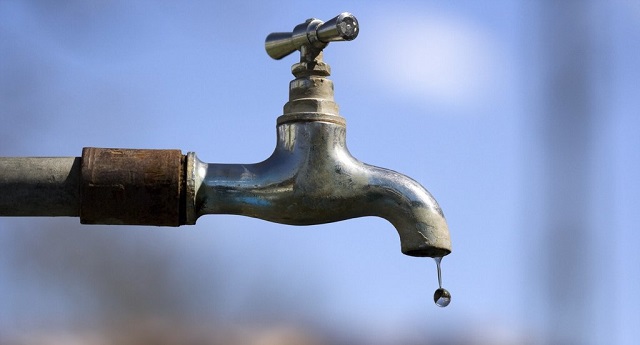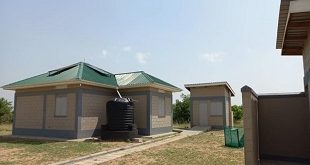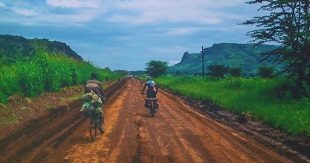
Kampala, Uganda | THE INDEPENDENT | Several district leaders and residents in parts of Buganda have questioned the government statistics on safe water coverage, describing the record as deceptive.
According to the Water Ministry, access to water in the stands at 68 per cent with 132,322 domestic water points serving over 27.1 million people of which 22.1 million are in rural areas. The records shade a healthier picture of progress across the country with access rates varying from 33 per cent in Buvuma to 95 per cent in Pader district.
Safe water coverage in Gomba district is rated at 87 per cent with 921 domestic water points, serving a population of 149,767 people. The records indicate that Maddu sub county is the only water-stressed area, albeit with a coverage of 60 per cent, while Mpenja sub county ranks high with 95 per cent coverage.
But people here dismiss the statistics pointing out that they are always struggling to access water for domestic consumption contrary to the records that are leaving out the gloomy picture of women enduring long walks on a daily basis to find water.
George Wamala, the Gomba district water officer says that many areas listed to be among those that are covered are struggling.
“It is disturbing to see the figures showing that 95 per cent of residents in Kabulasoke have access to safe water, this is untrue. People in this area are worse off. They have to trek distance in search of water no matter whether it is safe or not,” Wamala says.
Similar issues have been raised in Wakiso district where Isaac Galabuzi, the district water officer says their efforts of taking safe water to residents are limited by the misleading figures. Galabuzi says they cannot allocate or prioritize certain areas when government statistics give a glossy impression.
According to statistics, areas of Kakiri and Namuyuma have 95 per cent safe water coverage. However, Ira Nsubuga, a resident of Masuliita, says in this area people spend much of their would-be productive hours searching for water and sometimes only get it at a high cost. At times a 20-litre-jerrycan costs up to 700 Shillings.
The Assistant Commissioner for rural water in the Directorate of Water Development Eng Francis Tumwine says they have received similar complaints from all over the country. He, however, insists that according to the tools they use to gather the said statistics, everything is fine.
Eng Tumwine explains that with the existing data collection and monitoring tools, the department measures the people access to an improved water source of whatever form within a radius of 1.5 kilometres in rural areas and 0.2 kilometres in urban areas.
“All those areas which people are saying have no water coverage do have at least one water source within a radius of 1.5 kilometres (rural areas) and 0.2 kilometres (urban areas) nothing is cooked,” Eng Tumwine says.
Additional information obtained from the world resources institute dataset indicates that for rural areas, the Directorate of Water Development also assumes a fixed number of users per source. For example, a protected spring covers 200 persons, deep borehole with a hand pump covers 300 persons while a gravity flow scheme covers 150 persons.
However, Eng Tumwine says that the only challenge which they have noticed is that some water sources such as boreholes can break and take long without being repaired which at times stresses the residents within the area.
The Water Ministry’s Permanent Secretary Alfred Okot Okidi says although the standard measure is 1.5 kilometres away from the water source, it is a huge distance for one to trek to and from whenever they need water. He says they have suggested that this mode is changed so that the assessment is based on a village level.
He further notes that the ministry is now moving towards mass water production schemes like solar-powered production boreholes ad gravity flow schemes which can serve wider areas using little funds.
******
URN
 The Independent Uganda: You get the Truth we Pay the Price
The Independent Uganda: You get the Truth we Pay the Price


